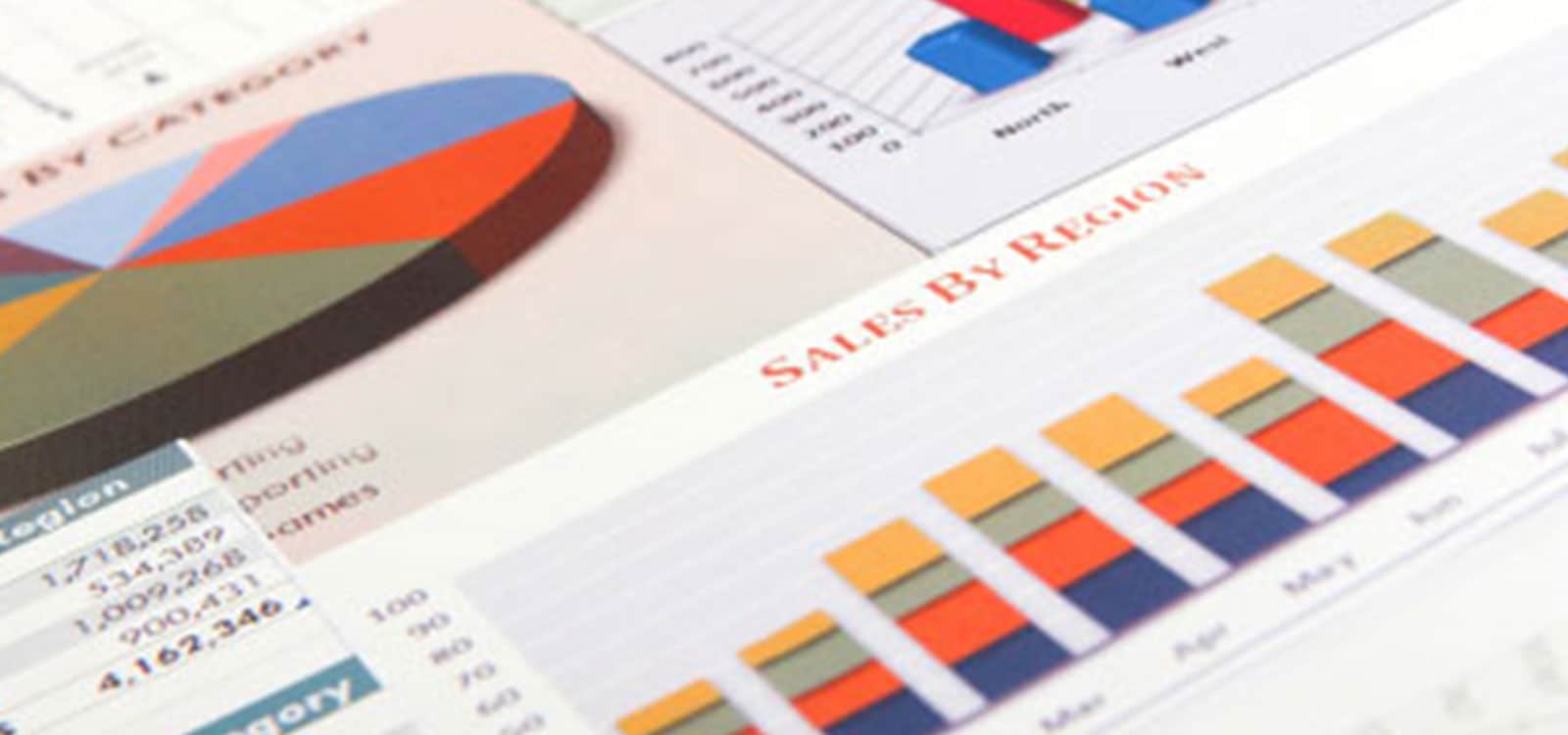August 28, 2014
Inventory Management for Business Operations

What would happen if a coffee shop could not supply customers with a cup of coffee, or could only sell half a cup because the shop had run out of beans, with no visibility into when inventory was running low and when to restock?
Neighborhood grocery stores, bookstores, coffee shops, fast-food restaurants, distilleries, car manufacturers, computer makers and national retail chains all tackle the same challenges– of how to best manage and measure inventory—and use modern systems allowing them to do so successfully. The invention of the bar code such as the UPC, the RFID and the UID are a great examples of recent innovations proven to be invaluable for organizing data and tracking objects for various objects and industries.
Moreover, businesses now sell via several channels, not just in-store:
- Online
- Catalog
- Phone
- Mobile devices
Record-keeping and accounting has needed to evolve just to keep pace with these changes. The challenges of older accounting methods included:
- Data maintenance and corrections
- Difficult reporting, unable to see data in many ways and real-time
- Too much reliance on the warehouse staffs who built the tracking system
- Linking inventory data with other information
Think about how much time was needed to record and track inventory by entering data into Excel spreadsheets, using databases built in-house or manually with paper and pencil!
Businesses who wish to be competitive utilize real-time insight into sales and inventory data– especially if there are multiple site locations and sales channels. Managing inventory needs to be efficient, reliable, fast and accessible on-line. Even small and mid-sized businesses have come to rely on computerized inventory management systems.
Electronic tracking systems can dramatically impact all phases of inventory management. Examples include counting and monitoring of inventory items; recording and retrieval of item storage location; recording changes to inventory; and anticipating inventory needs. Some benefits of implementing improved business operations and processes are:
- Better visibility of inventory levels
- Product segmentation and classification
- Utilization of forecasting methodology
- Ready access to real-time and accurate material inventories
- Minimizes working capital
- Increases customer satisfaction through higher service levels
- Maintain operations with little disruption
The ultimate goal of improved inventory management is the ability to control inventory quarter to quarter, preventing nasty surprises that can bite the bottom line.
The differences between retail access and inventory management of the past and of today have moved far beyond the invention of the bar code. Even the bar code has evolved past the sticky label. Lasers are now used to engrave bar codes on car parts.
How has your yard or quarry’s inventory management system and processes evolved?
Have you had the opportunity to upgrade your processes? If not, why not?
We’ll share your comments and challenges on our blog next week.
Stay In the Know
Be the first to know about the latest Stockpile Reports news and features.